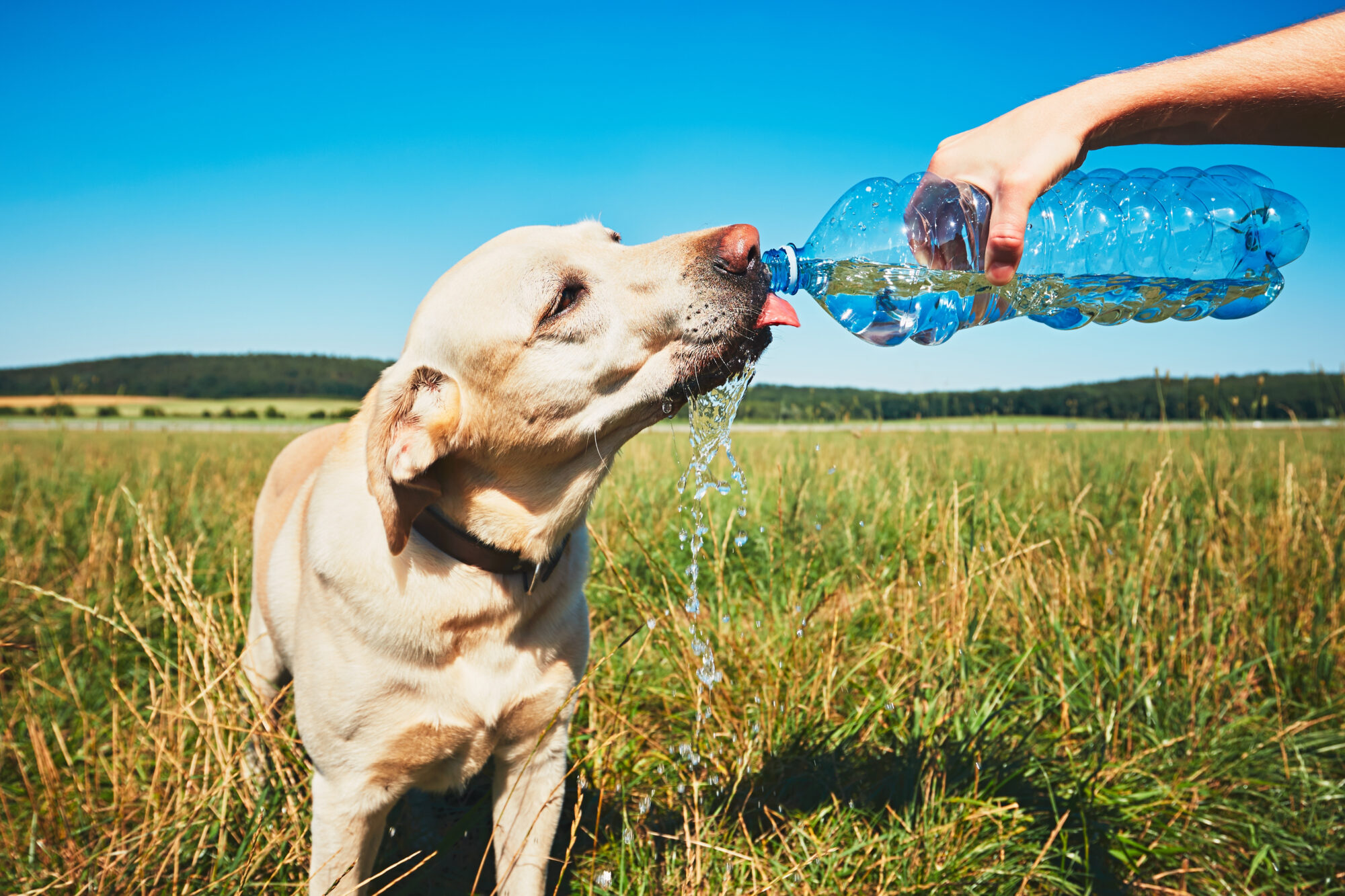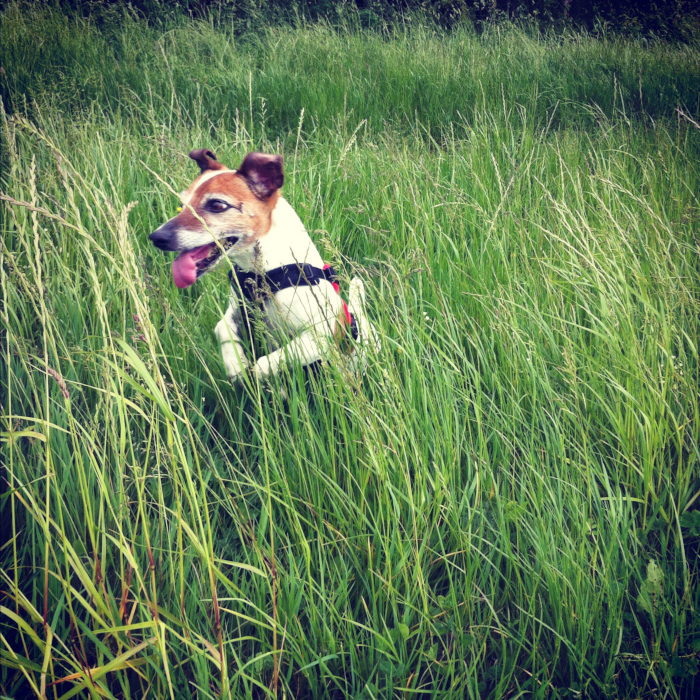Periodontal Disease in Pets
More than 85% of dogs and cats older than four years have periodontal concerns. There are four periodontal types of tissue: the gingiva (gum), cementum, periodontal ligament, and alveolar supporting bone.
Periodontal disease starts when plaque forms; plaque is a transparent adhesive fluid composed of mucin, sloughed epithelial cells, and aerobic, and gram-positive cocci. Plaque starts forming two days after a dental cleaning. If the plaque is not removed, mineral salts in the food can precipitate to form hard dental calculus. The calculus is irritating to the gingival tissue, changing the pH of the mouth and allowing bacteria to survive subgingivally. By-products of these bacteria “eat away” at the tooth’s support structures, eventually causing the tooth to be lost in some cases.
There are two common grading systems commonly used to classify the degree of periodontal disease. The mobility index evaluates the looseness of the tooth. With Class I mobility, the tooth moves slightly. Class II is when a tooth moves less than the distance of its crown width. With Class III mobility the tooth moves a distance greater than its crown width. Class III teeth have lost more than 50% of their support and in most cases should be extracted.
Periodontal disease can also be staged:
Stage 1 gingivitis
Stage 2 early periodontitis-less than 25% support loss
Stage 3 established periodontitis- between 25%-50% support loss
Stage 4 advanced periodontitis- greater than 50% support loss
When periodontal disease is not treated, subgingival bacteria can continue to reproduce, creating deeper periodontal pockets through bone destruction.
Eventually, this progression can cause tooth loss and other internal medicine problems.
Imagine a giant tooth sitting in a 10-foot garbage can containing mud and industrial waste. Continue to pretend it is your job to clean the tooth and you are only supplied with equipment 5 feet long. What happens? The top is cleaned and the bottom is allowed to remain in the toxic waste until it eats through the can. How can you solve this problem? Try opening the side of the can to clean the waste out in order to save the tooth. That is the essence of periodontal surgery.
For more info go to veterinarypartner.com


 Schedule an Appointment
Schedule an Appointment
